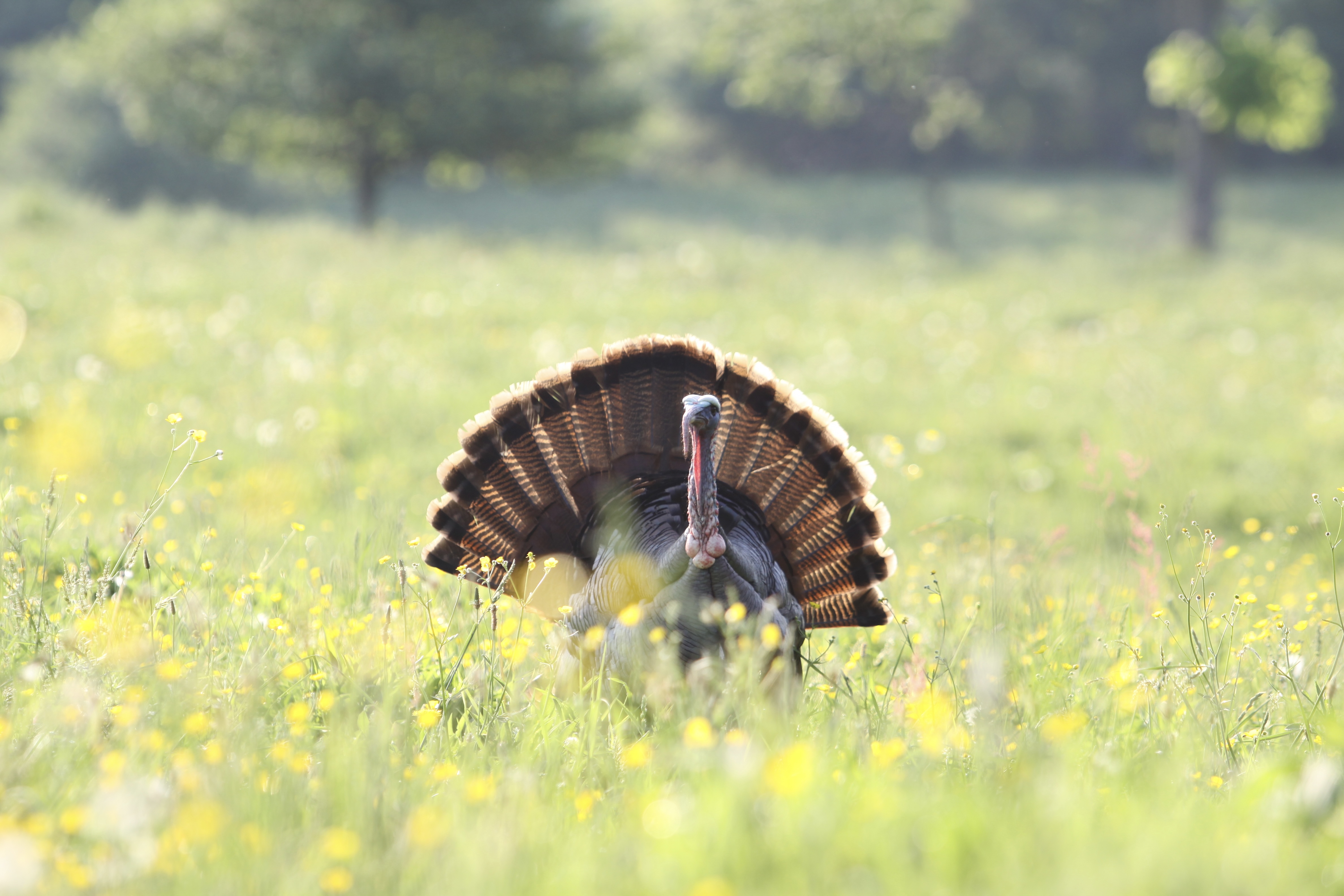What is Early Successional Habitat and Why Do Wild Turkeys Need It
Whether you’ve scoured the internet for the best way to get turkeys on your property or if you’re an ardent follower of the NWTF’s conservation mission, you have more than likely come across the phrase “early successional habitat.”
What exactly is early successional habitat, and why do wild turkeys rely on it?
Simply put, early successional habitat is an area with vigorously growing grasses, forbs, shrubs and trees that provides excellent food and cover for wild turkeys. Examples of early successional habitat include weedy areas, grasslands, old fields or pastures, shrub thickets and young forests, as defined by the USDA Natural Resources Conservation Service.

The term “early successional habitat” stems from some of the first ecological studies examining the secondary succession (in layman’s terms, the new growth) of old and abandoned farm fields, hence “successional.” This is an apt description, and visual, because what happens to an abandoned farming operation is similar to what happens when forest managers implement disturbances to create early successional habitat. If left alone for long enough, that farm field will eventually harbor native grasses, forbs and shrubs and will turn into a young forest. Instead of leaving habitat dormant, the NWTF seeks to provide active forest management in its many early successional habitat projects.
“Early successional habitat provides critical forage and cover during critical nesting and brood-rearing periods for wild turkeys,” said Doug Little, NWTF director of conservation operations. “Transitioning from late summer to early fall, there is significant soft mast available to wild turkeys and other wildlife in areas where old fields are dotted with native shrubs. In the Northeast alone, nearly 90 different kinds of birds, mammals, reptiles and insects require early successional habitat. Our work focusing on young forest and other early successional habitats is critical for wild turkeys and a myriad of species.”
Prior to European settlement, naturally occurring disturbances, such as forest fires and significant weather events, would create this type of habitat and drastically benefit the landscape and the wildlife that inhabit it.
Across the country, naturally occurring forest fires were suppressed for nearly 100 years, as the prior school of thought was that all fires should be extinguished. We know now that these naturally occurring, low-intensity fires are good because they set back vegetative succession while making the forest more resilient to insect infestations, diseases and high-intensity wildfires.
Today, creating early successional habitat for wild turkeys also coincides with the need to improve forest health and manage forests correctly. It’s a win-win. This is done by implementing various forest management practices such as controlled burns, mastication (grinding or shredding forest vegetation that can fuel wildlife), silvicultural treatments (growing and cultivating stands of trees) and more.
“A landscape with a mix of healthy, well-managed, diverse forest age classes and stand types that include quality brood and nesting cover is a great foundation for supporting wild turkeys,” Little said. “Creating early successional habitat is a crucial component of the NWTF’s conservation delivery and is integral to the organization’s mission success.”
CONNECT WITH US
National Wild Turkey Federation
770 Augusta Road, Edgefield, SC 29824
(800) 843-6983
National Wild Turkey Federation. All rights reserved.
